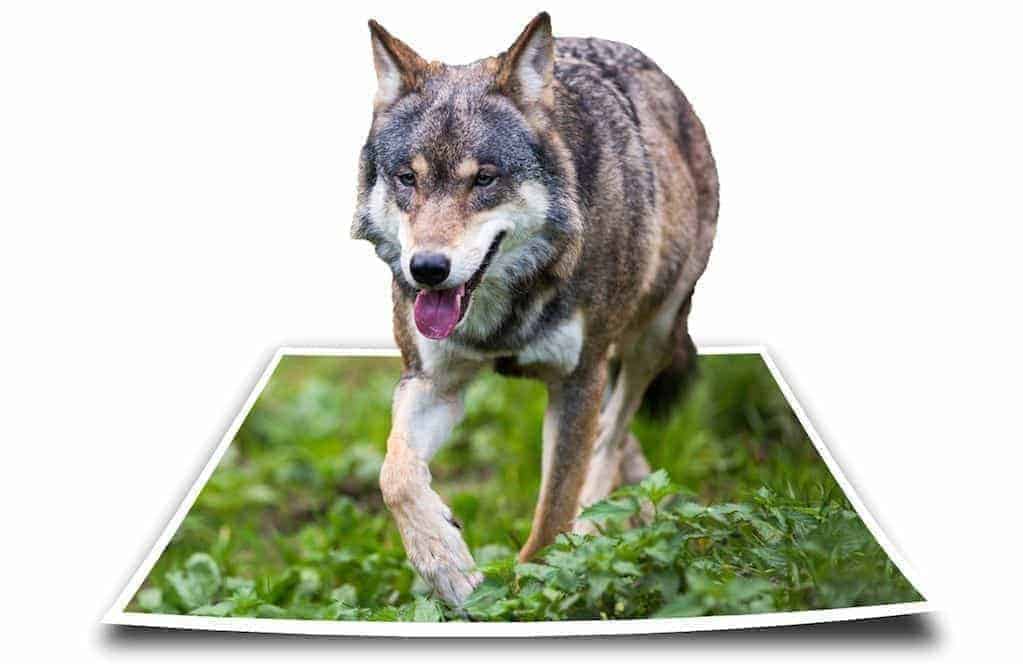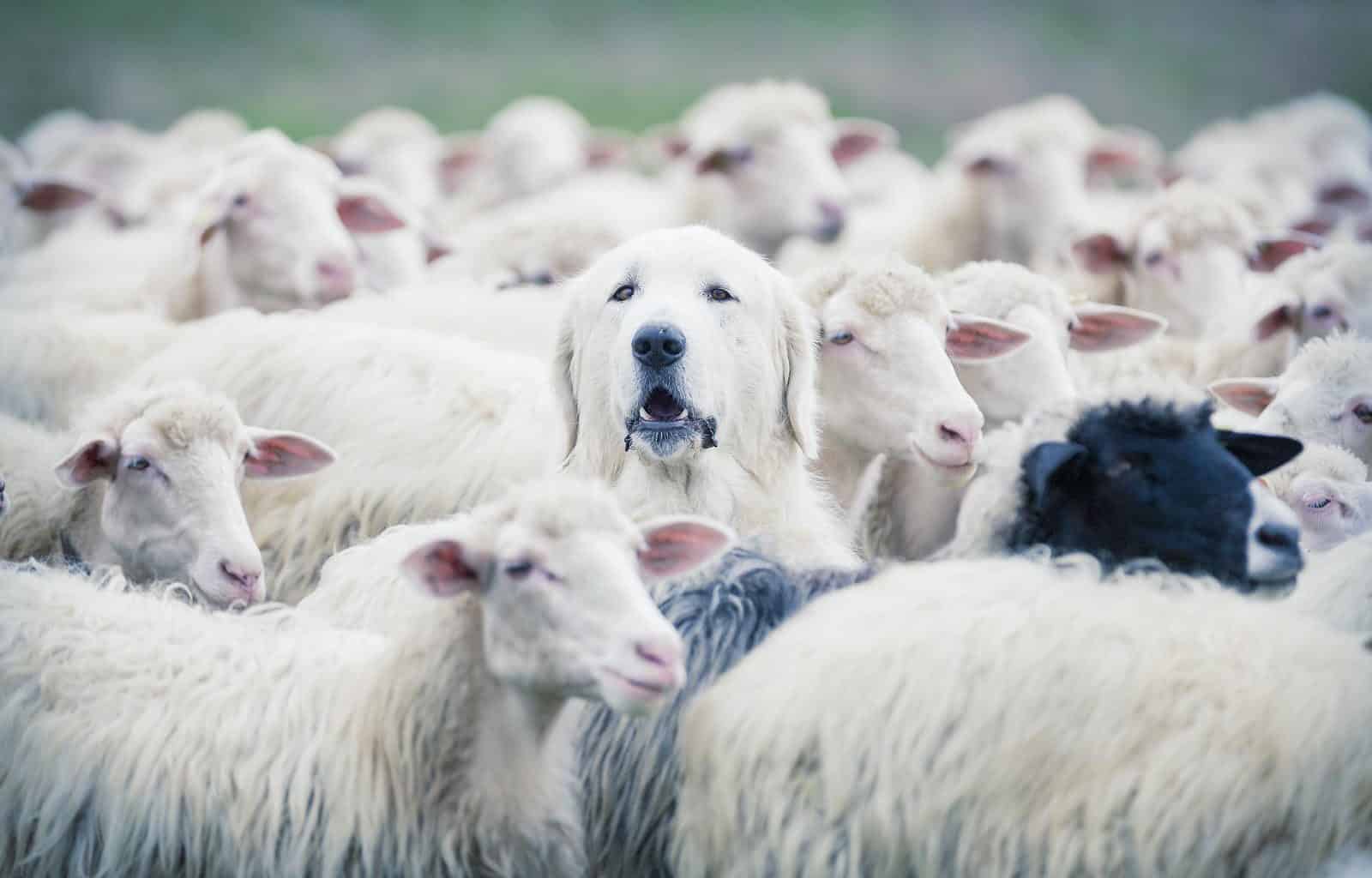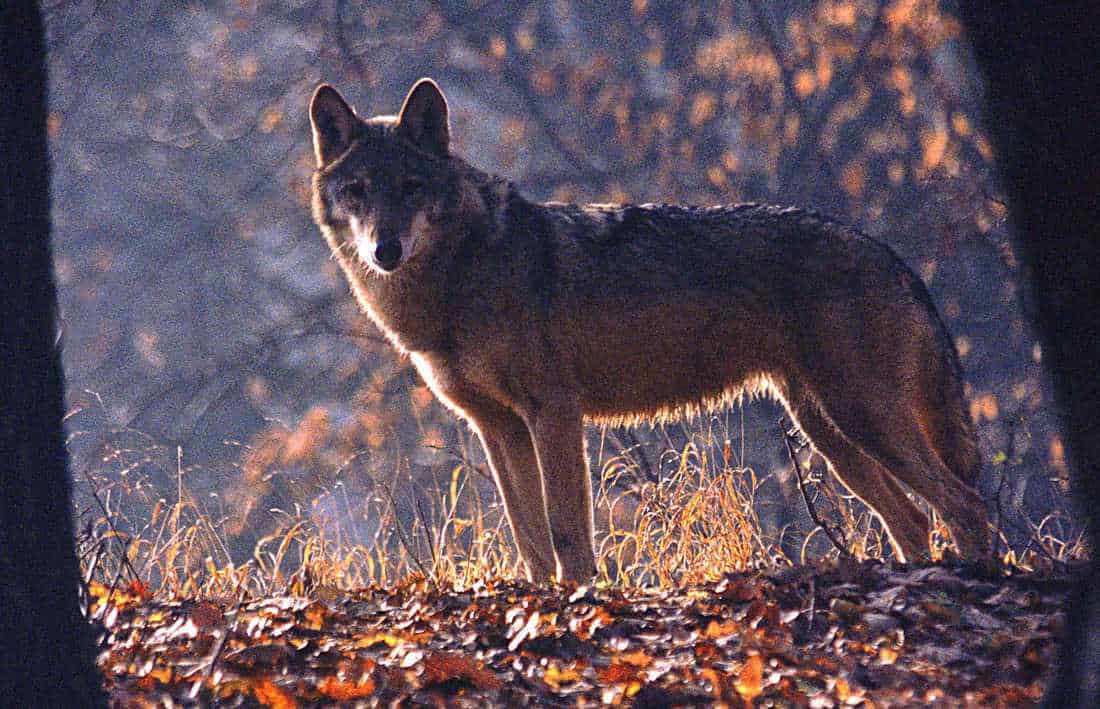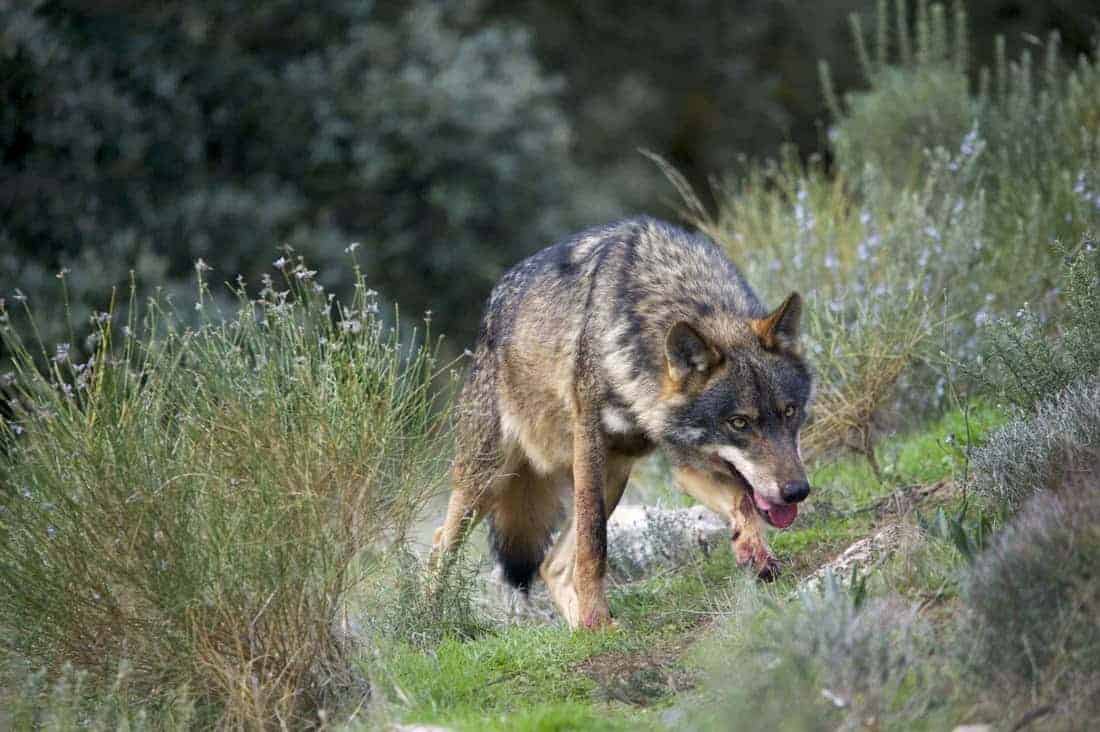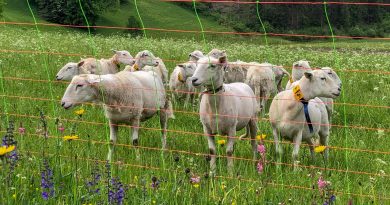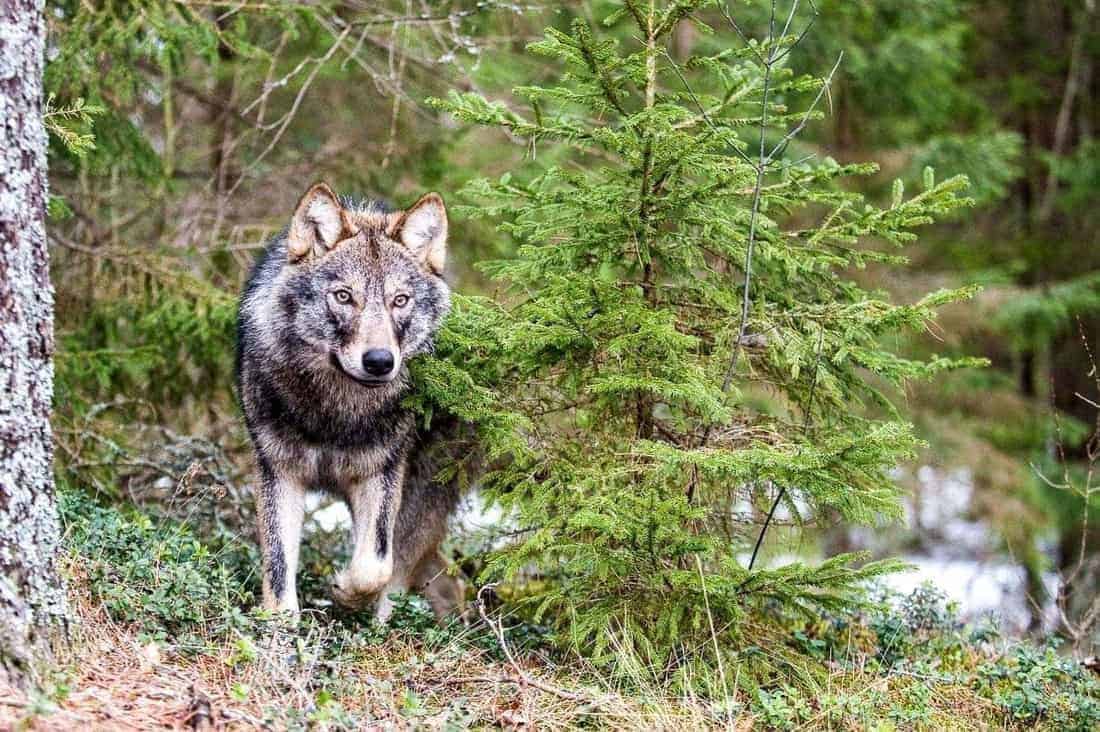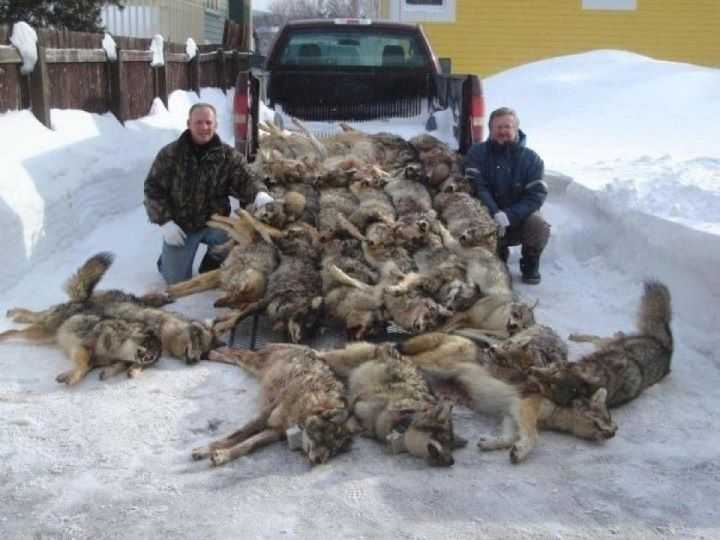Alpine LIFEstockProtect Competence Centre Network starting soon
Livestock protection in the Alps is a mostly forgotten practice since large predators vanished from the region. However, as large carnivores return, farmers slowly start to implement traditional practices again and also use new technologies. The main aim of the LIFEstockProtect project is to increase the number of areas, where livestock protection is implemented effectively and to increase the knowledge transfer and dissemination among stakeholders. This will eventually decrease the human-livestock-wildlife. A key action of the project is the creation of a network of so called Alpine LIFEstockProtect competence centres. This network now takes on form: Almost 30 interested farms participated in a first meeting and project-internal livestock protection experts will soon visit them.
What is a competence center?
The idea of a competence center can be summarised as follows. In each of the project regions (Bavaria, Austria and South Tyrol/Trentino), five to ten already existing farms will be designated as competence centres. There, different livestock protection trainings will take place. At the beginning, project-internal experts will conduct the trainings. The aim, however, is that the owners of the farm acquire sufficient knowledge in the first trainings to become experts themselves. Also, the courses will have a very practical focus. Livestock owners will be trained in different pastures to set up livestock-type specific fences, to use different types of equipment and to handle livestock guarding dogs.
Due to the great variety of locations, settings, and circumstances to which livestock protection measures have to be adapted to, the Alpine LIFEstockProtect competence centre network will include many different farms. From high and low mountain ranges to valleys, from fences for horses, cattle, sheep and other animals, to areas were fences are not a suitable measure. Instead, the usage of night enclosures, shepherds and livestock guarding dogs is necessary. Like this, there will be at least one training course for every need.
Next steps
Now, the potential competence centres and the project team met for the first time online. They got to know each other, exchanged expectations and asked and answered many questions. Can livestock protection be also effective against other animals like foxes or wild boars? How does livestock protection in winter work? These and many more topics were discussed in the meeting.
Almost 30 farms participated with a great variety of needs and circumstances participated and showed great interest to become part of the network. The next step will be to visit them directly to get an impression of their farm. Then, the first trainings will start in autumn 2021 to test the developed curricula and gain first experiences. The overall aim is to train at least 1000 livestock owners in the course of five years. The motto of the trainings is to learn to protect the animals now to prevent damage later.
LIFEstockProtect has already reached millions
Besides the training of livestock owners, another objective of the project is raise awareness and acceptance of livestock protection. This, of course, is only possible through continuous and targeted communication efforts. One excellent example was the first multilingual livestock protection conference in January 2021. With more than 500 participants it reached a wide audience and led to extensive news coverage afterwards. Combined with the communication work of all 17 project partners in three languages, LIFEstockProtect already registered an outreach to millions of people in Austria, Germany and Italy, but also across Europe. The project follows one main communication principle: the focus lies on the solution, livestock protection, not the problem.
If you are interested to learn more about the project, visit the project website. There, regular updates about project progress, media appearances and livestock protection related information is published. Below you can find a few impressions of past trainings and field visits.
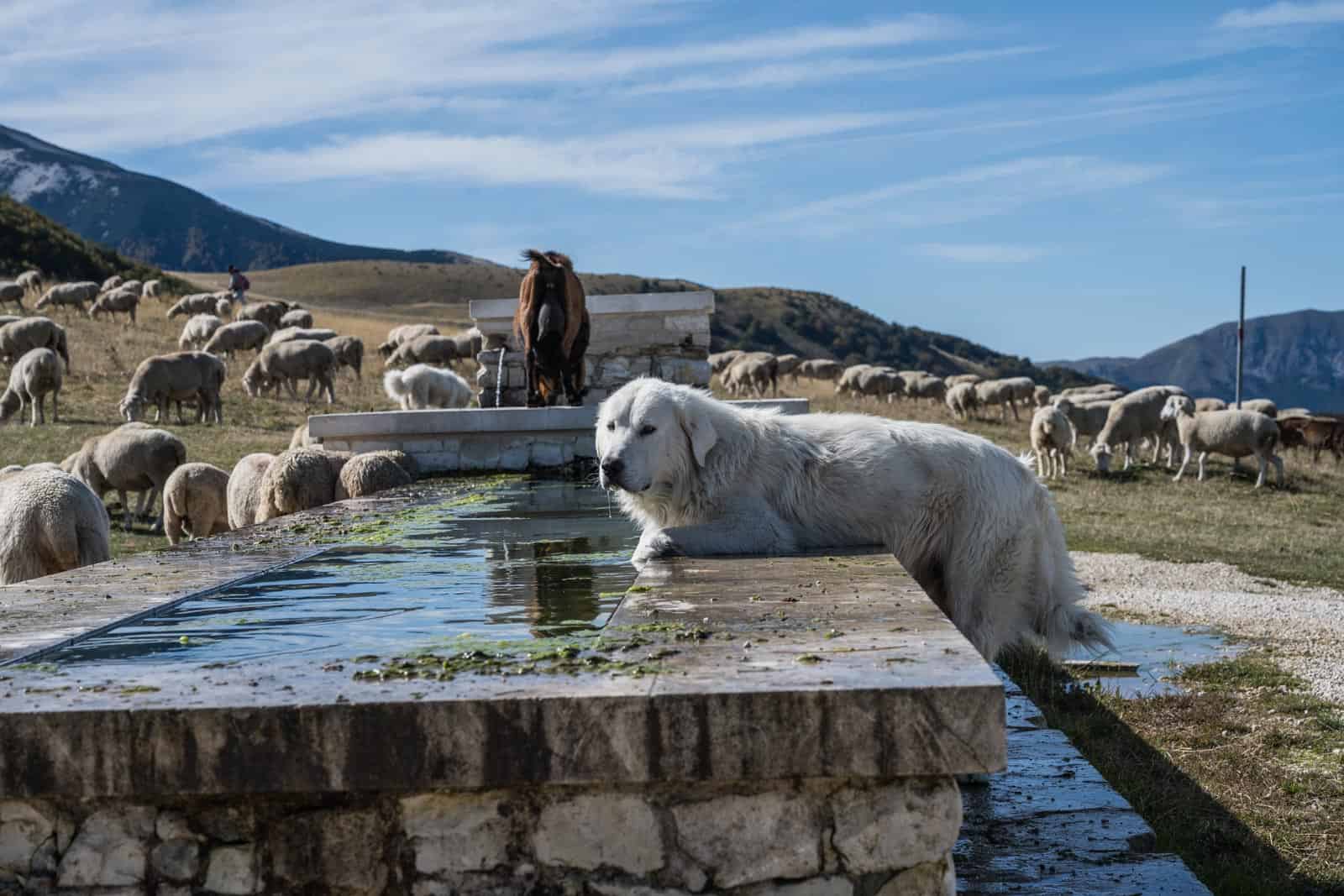
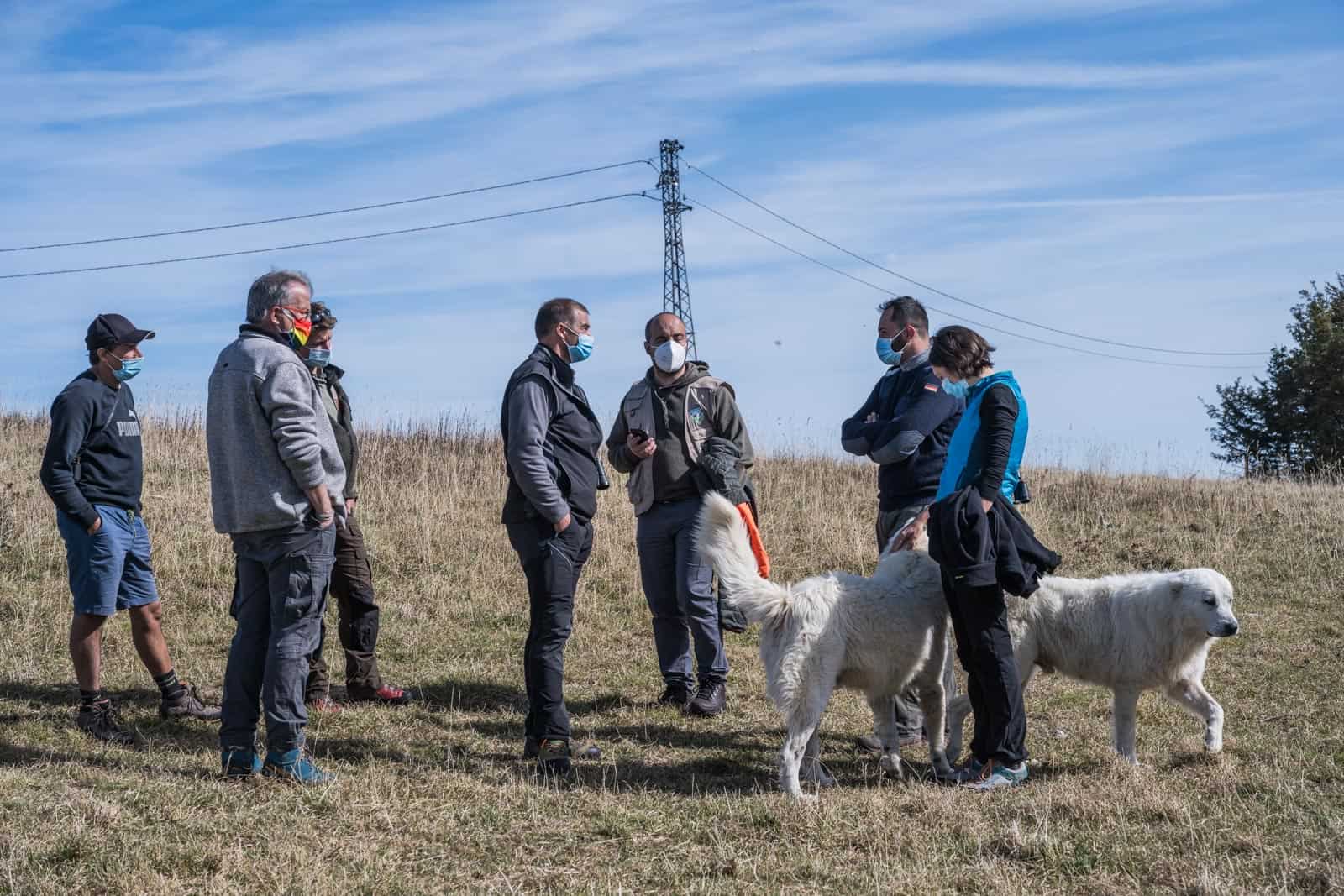

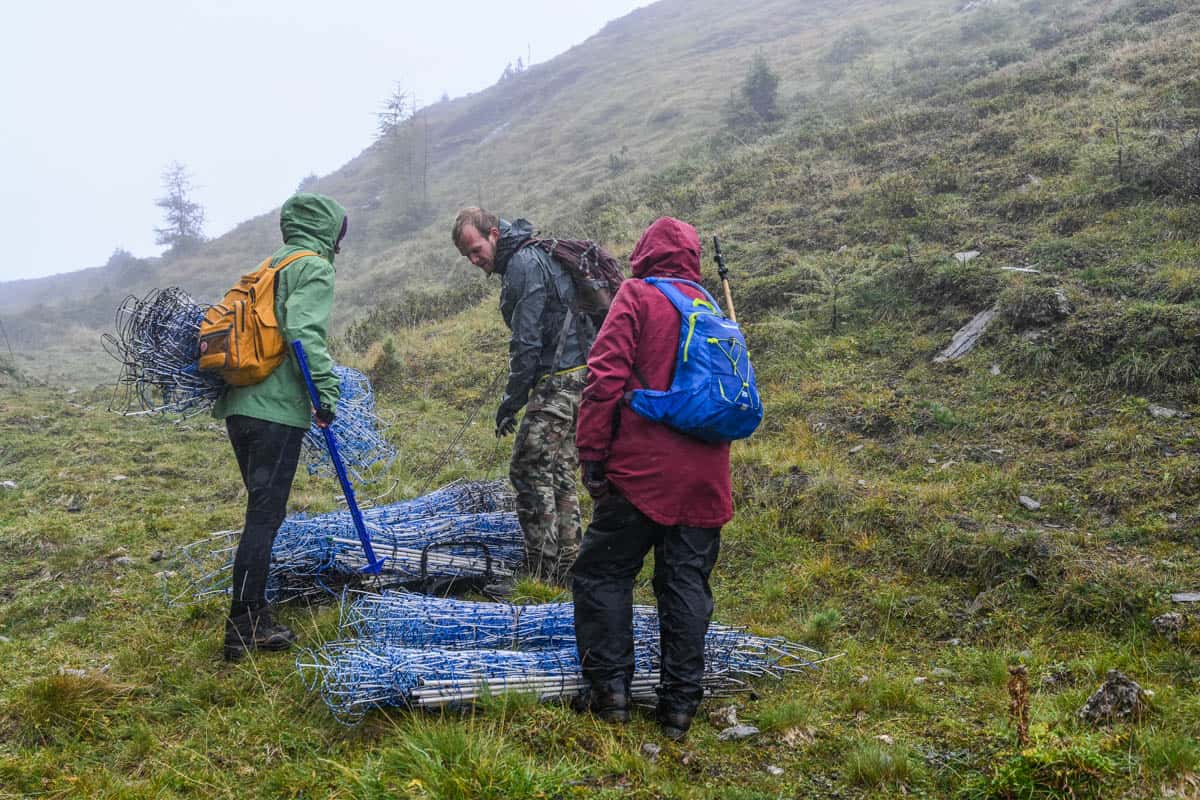
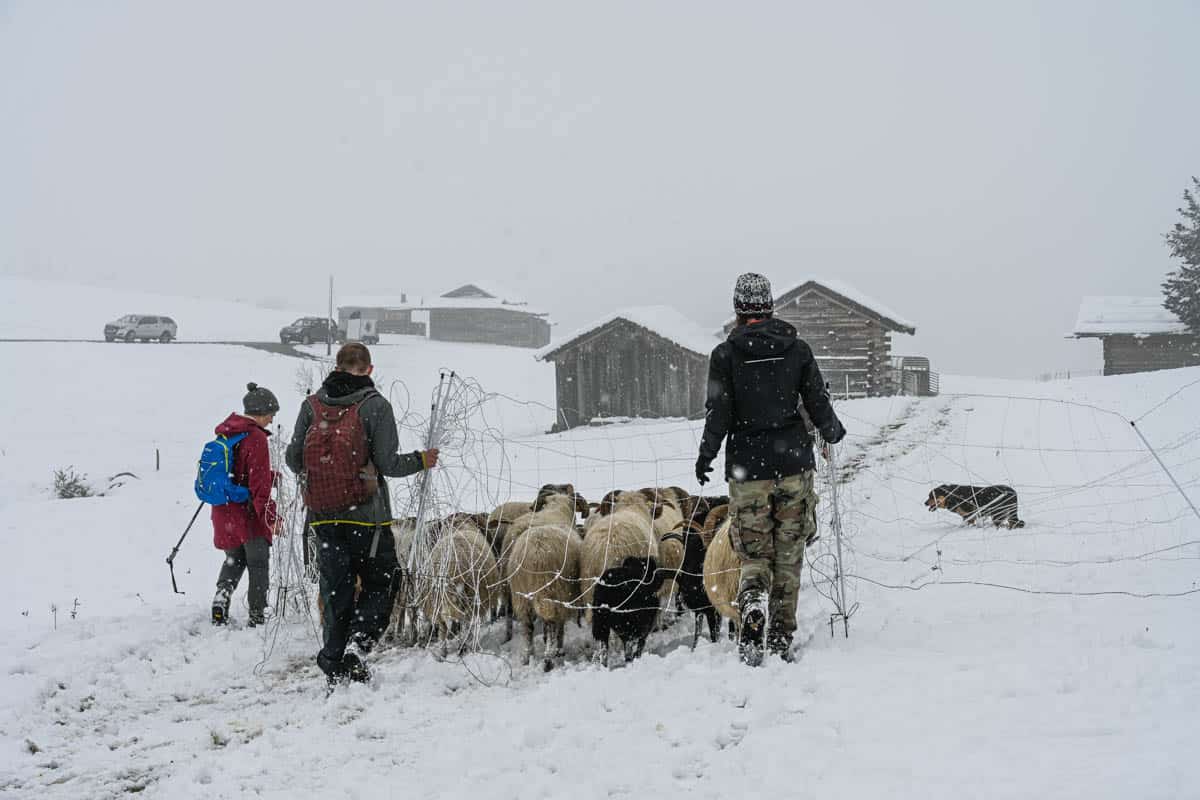
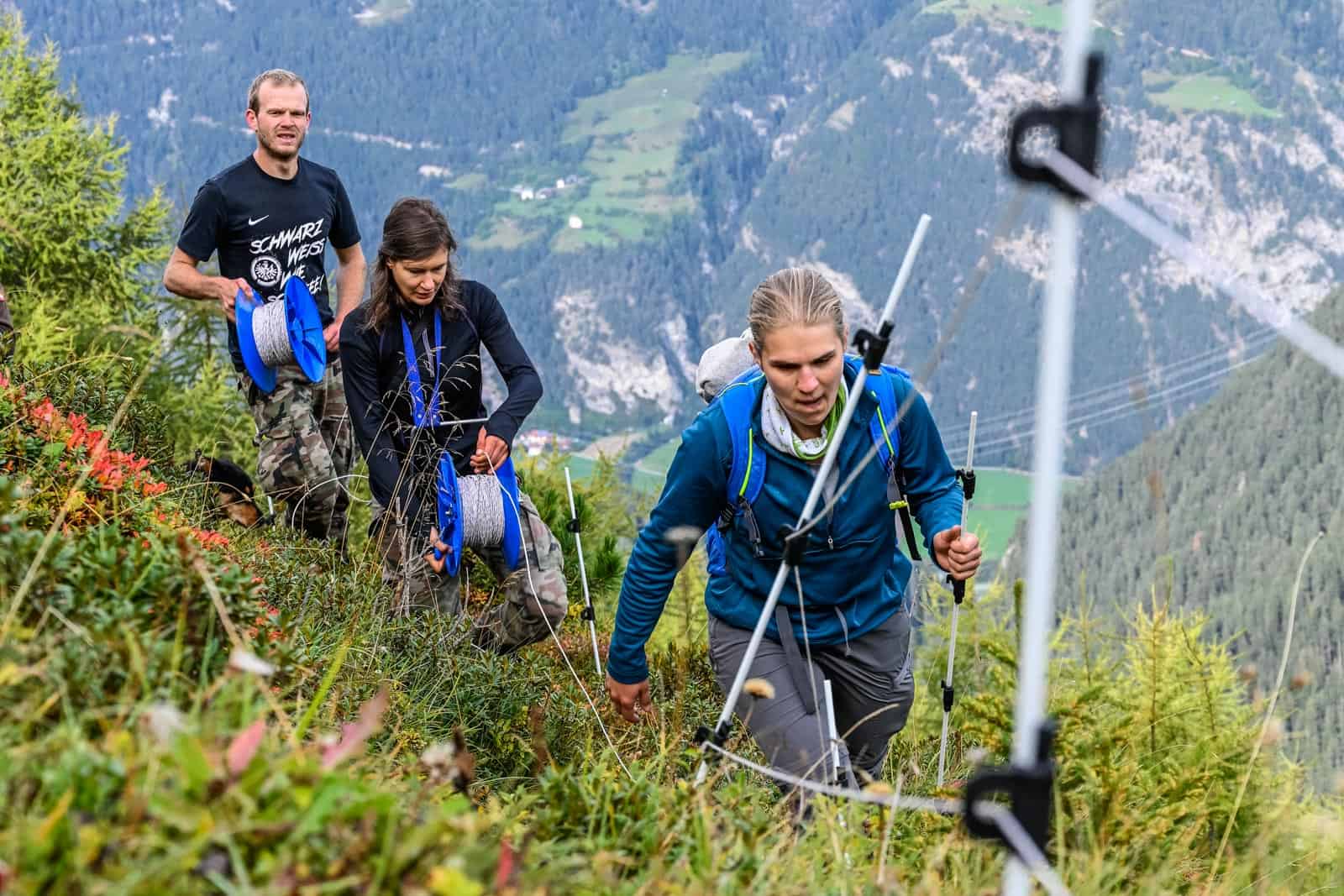
LIFEstockProtect by European Wilderness Society








